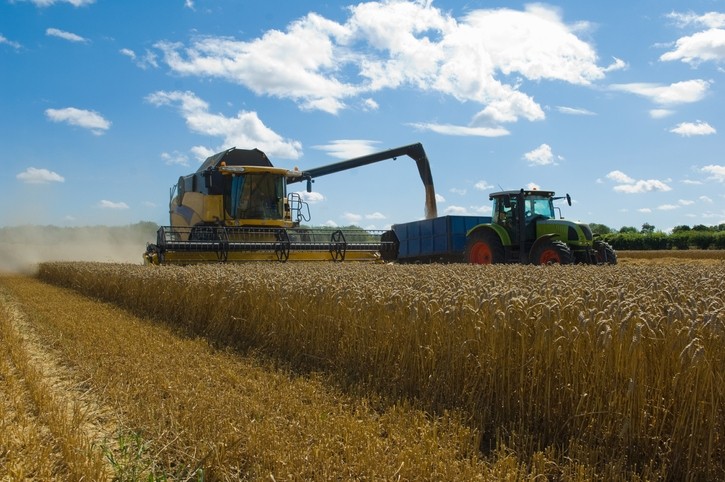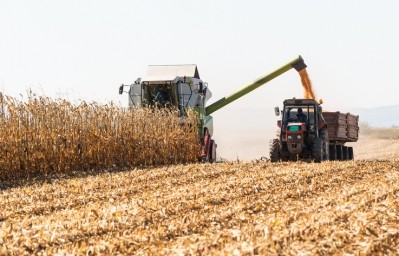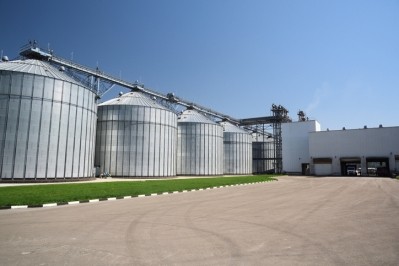Canada: Increasing levels of wheat go in feed direction

The US Department of Agriculture (USDA) released new information about the production, sales and use of the feed and food grain Monday [February 3] in an agricultural analyst’s report from the Foreign Agricultural Service.
“2019 was an exceptionally difficult year for the Canadian wheat industry as it was forced to deal with unfavorable weather conditions, a rail strike during harvest season, and an abundance of wheat on the global market,” the analyst said. “On the production front, Canadian wheat farmers had a wet planting season, a dry growing season, and a wet and snowy harvest season.”
Overall, wheat exports have lagged and are anticipated to drop 9% in trade year 2019/20 based on global competition, she said.
About 7% of the spring wheat area and 3% of the durum crop were not harvested because of moisture and snow. “The remainder will be harvested in the spring and will go to feed and waste,” she added.
Wheat production and feed use
Total production is anticipated to be 32m metric tons (MT) for marketing year (MY) 2019/20 the analyst said. However, estimates could change once further harvest progress is completed.
The total area planted in wheat fell 40,000 hectares in MY 2019/20, the harvested area lost 162,000 hectares and production dropped 144,00 MT, she said.
“As a result of poor weather conditions, only 74% of Canadian Western Red Spring (CWRS) are in the top two grades,” the analyst said. At the last harvest report, 97% of the area seeded in durum wheat and 93% of the acreage planted in spring wheat had been harvested – the rest is set to be gathered in the spring.
“But large sections of spring wheat and durum have been knocked flat by snow and will be difficult to pick up,” she said. “While some of it may qualify as feed, a portion of it will likely be considered waste.”
For a second year, a “relatively high” percentage of CWRS has been assigned a feed grain – about 11% of samples tested, the analyst said. “In 2017, 4% of samples were graded as feed quality.”
Grain trade
In the first part of the trading year, wheat exports to the US, China and Indonesia fell while they increased for Japan, Turkey and Italy – Australia also emerged as a wheat buyer, the analyst said. Sales of durum wheat grew 19% during the same period.
“Canada is exporting spring wheat to Australia for the first time in 21 years, due severe droughts that have devastated production in that country,” she said. “Canada exported a total of 181,184 MT in TY 2018/19 and 304,929 MT in the first five months of TY 2019/20 (July to November).”
Ending stocks in MY 2019/20 are expected to increase based on larger global supplies, the moderation of wheat exports and variable quality in the food and feed crop, she said.
“Ending stocks of all wheat decreased nine percent from MY2017/18 to 5.92m MT, in MY 2018/19,” she said. “The decline was due to on-farm stocks, which fell 49% to 3.2m MT, offsetting a 31% increase in commercial stocks.”
Feed, grain transport
On November 19 some employees with the Canadian National (CN) Railway Co. started what became an 8-day strike.
However, during the strike, the more than 560,000 of feed grains and oilseeds typically transported by rail did not move, the analyst said. “During the current shipping season, CN alone deploys about 5,600 rail cars a week for the purpose of moving grains with each car carrying 90-100 tons of grain.”
The event generated delays while backlogged feed ingredients and grains worked through 25 ships in the Port of Vancouver and 10 in the Port of Prince Rupert, she said. Both ports are only served by CN rail and about 90% of Canada’s exported wheat and wheat product are moved by water – principally using both ports.













